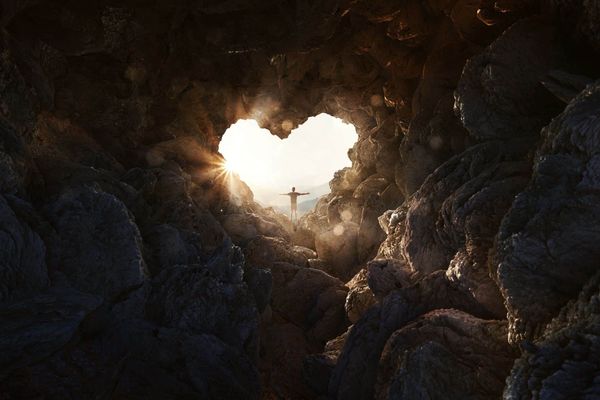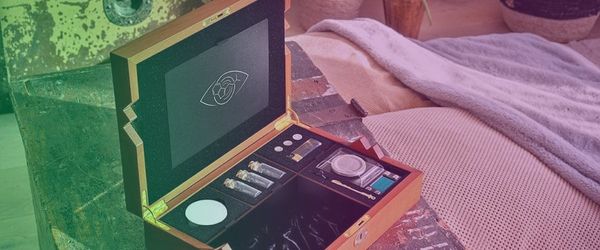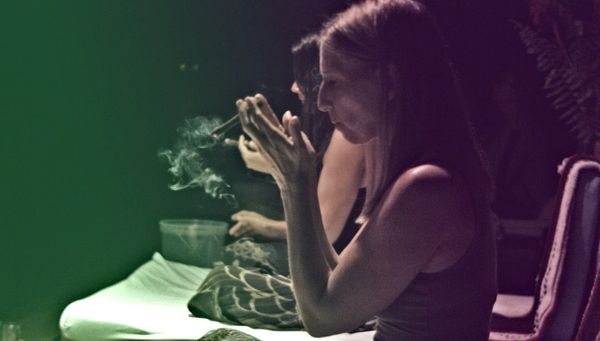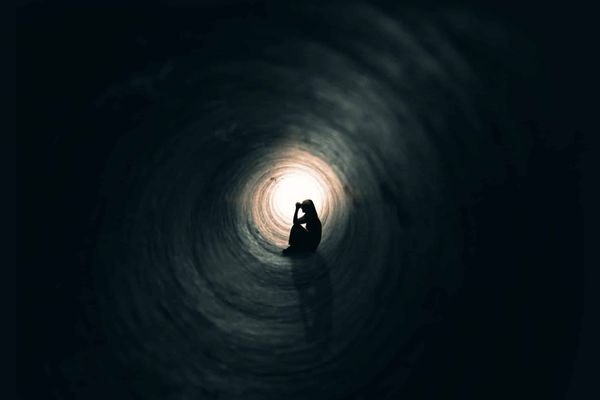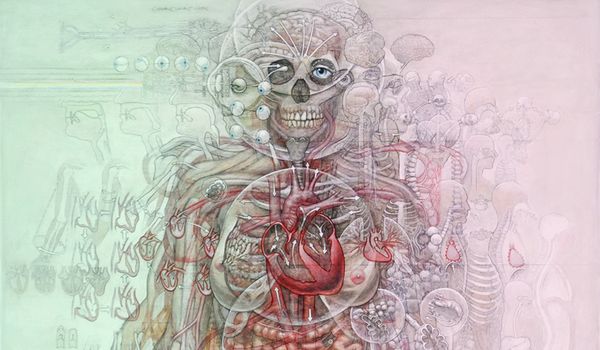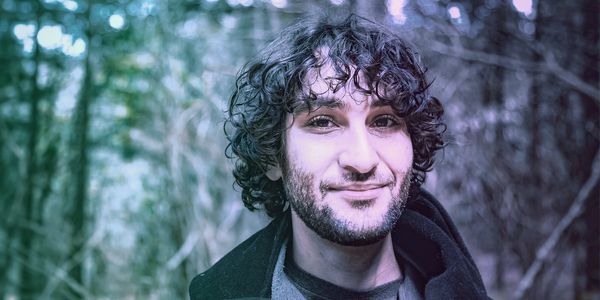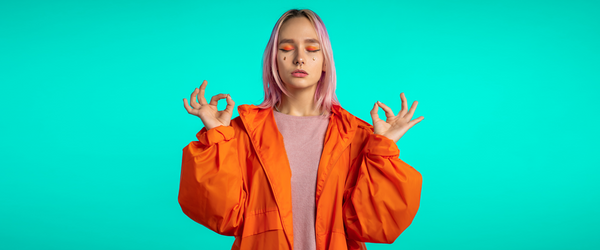Alexander Zaitchik • • 17 min read
San Pedro: One of the Most Potent Psychedelic Plants in the World
Consciousness & Meditation Environmental Psychedelics & Drugs
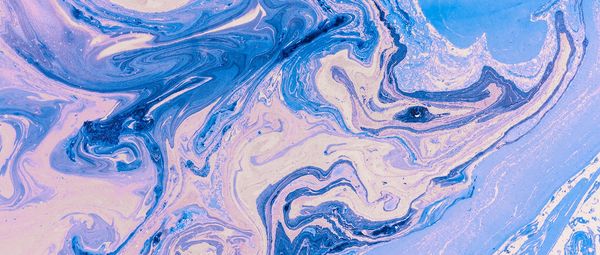
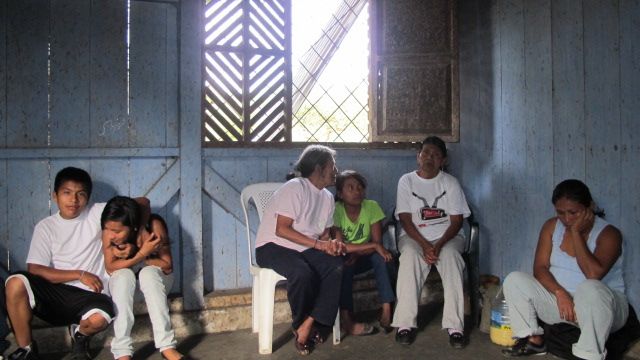
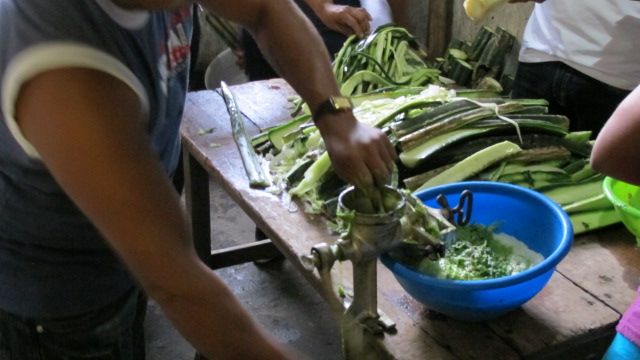
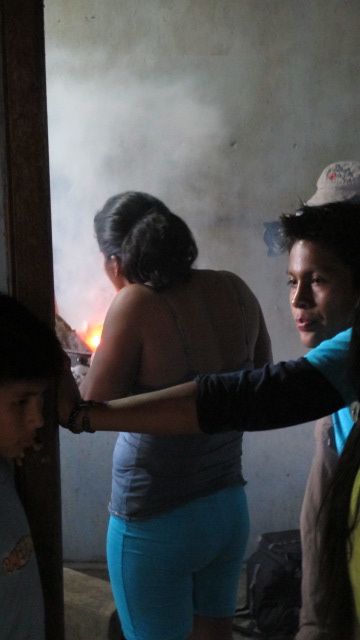
When I entered the room I found a sort of “confession room” where, instead of confessing sin, participants expressed their intentions and described their physical or spiritual ailments. Two women sat glumly on a small cot. They barely registered the badly timed entrance of a gringo holding a camera. Something in their faces told me they were there from a serious illness. I felt ashamed for intruding and excused myself. But not before arranging an interview with the evening’s main healer.The Unexpected Holy ManI tried to camouflage my disappointment when a squat, burly man in his late twenties approached me wearing dirty designer jeans and a sweatshirt featuring the word Ferrari. This was a holy man? It was Freddy Jimenez, my Saturday Night Shaman. With the name, build, and wardrobe of a middle reliever for the Miami Marlins, Freddy was unlike any healer I had ever met. This filled me with apprehension. Preparing potions made from hallucinogenic plants is serious business—some of them contain toxins that need to be removed before human consumption. And Westerners can have unpredictable reactions, possibly due to the presence in our systems of common Euro-American pharmaceutical products. Though the science is not yet fully understood, there’s an anecdotal risk of severe reactions, especially if the preparations involve adulterants with higher toxicity than San Pedro. Not long after my night with Freddy, a California kid named Kyle Nolan was at an ayahuasca retreat in Peru, possibly after drinking an admixture involving datura. Since the
rise of the psychedelic tourism boom
, the region is newly awash with fly-by-night “healers” who may be tempted to mix and match plants to increase their potency. Speaking with Freddy allayed my concerns. He had studied for seven years in Peru with a well-known healer, known as Huachumero, who specialized in San Pedro. He explained that he runs ceremonies every two weeks in the region for both Indians and mestizos, but never for tourists. Tonight we were deep in Shuar country. When I referred to his work as shamanic, he quickly corrected me: “Shamans perform magic, including black magic. They can kill as well as heal. I facilitate the contemplation of god. I do not work with evil. I help people to feel the spirit and to heal. Communicating with the Virgin and communicating with nature are not in conflict. I’m a Catholic healer.”I asked how long the Shuar have used this cactus that grows in the Andes, which is distinct from their spiritual connection to the waterfalls and rivers facilitated by Ayahuasca. He replied that there has always been contact and trading between the highland Indians and those of the lowland rainforest. “For eons they have been using each other’s medicines, though each group usually sticks to its ‘home-grown’ medicine—Natema does not grow in the highlands and San Pedro hardly grows in the rainforest. But the two medicines share a common goal; to cure people…It is impossible to compare them. Used in the right situation, each medicine has its power.”Then Freddy got up and excused himself. The line outside the confession room had spilled out of the building. Night was falling. He had work to do. History of San Pedro If Ayahuasca is the healing and divination plant of the jungle, and peyote of the desert scrub, San Pedro is the New World’s high mountain medicine. The cactus grows throughout the Andes at an altitudinal sweet spot between 6,000 and 9,000 feet. Its columns, covered in spikes, hairs, and flowers, can grow to a towering 20 feet. Its arms sprout star-shaped—several to a plant—in candelabra form. The use of San Pedro appears to track to the hazy origins of plant-based ritual in the western hemisphere. Gourds dating to 2,000 B.C. have been found in the Peruvian Andes bearing images of figures holding the cactus as a staff, a motif still found through the region. The oldest clear reference to San Pedro’s ritual use is a graven image on the subterranean temple walls of the Chavin de Huantar ruins of northern Peru.The Indians had been using San Pedro for as long as they could remember when the Spanish showed up in the 16th century with their Bible stories. The missionaries viewed the indigenous population’s use of hallucinogens as devil-worship and tried with varying levels of success to stamp out the practice. This encounter sparked a devotional cross-pollination that exists to this day. An 18th century church wall in the southern Ecuadorian city of Cuenca features an image of the baby Jesus emerging from a San Pedro flower. The spread of Catholicism among the Shuar has created a space not just for missionaries and priests, but also for entrepreneurial traveling Catholic healers like Freddy. Each Indian gathering in the clearing was expected to pay a small amount on a sliding scale. At, say, two dollars a participant, this would mean more than $300 for Freddy and his crew; by local standards an enormous amount for a night’s work. Among Shuar healers who label themselves “traditional,” one can sometimes detect a purist undertone of resentment against the use of the cactus in the Amazon: “San Pedro is the sacred medicine of the Andes people,” said one Shuar healer who works only with Ayahuasca. “Traditional Shuar healers don’t use it and it does not play a role in Shuar culture.”But the meaning of “Shuar culture” has been in flux for decades. As darkness fell, Indians continued to arrive at the clearing.The CeremonyThe stars were bright and the jungle awake when the assistants emerged with the buckets. A hush fell as Freddy approached the front of the table. When the circle of people tightened, the men began to remove their shirts, and I followed. The assistants fanned out with conches filled with some kind of natural Vaseline and bottles of red liquid. The latter was an admixture made by soaking tobacco leaves in honey and then in alcohol. Tobacco is used in many shamanic contexts and is considered a healing plant in its own right. In South American cultures, tobacco is chewed, snuffed, licked, smoked, drunk, and absorbed as an enema. In Ayahuasca ceremonies, I’ve had tobacco smoke blown on my head, followed by a small mouth spray of alcohol. This was something else. One of Freddy’s men smeared the Vaseline-like substance on my naked chest and back. Another took a mouthful of the tobacco juice and sprayed it the length of my torso, back and front. The sensation burned deep and sharp and settled into a clean, purifying cold. I felt translucent.After about 20 minutes of this, Freddy again took position at the table. He then did something I had feared he might do; he scanned the crowd and settled his eyes on me. Standing a foot taller than most Shuar, I wasn’t hard to spot. He motioned me toward him, placed one hand on my shoulder and slapped my chest with the other. Then he grabbed the largest gourd on the table, dipped it, and brought it up full, capped with an uneven head of light green foam. I brought the bowl to my lips with both hands and tipped it back. I tried to pretend it was mildly refreshing. It was like drinking room-temperature celery juice with a hint of sour aloe out of a soapy bowl. I managed to drain most of the gourd before gagging. There would be no heroic draught. As I finished the bowl in small sips, Freddy began serving the others with notably smaller doses.I found a seat on the wooden bench running the length of the house. The night was cool and I was holding my knees when a woman who lived in the house bordering the clearing appeared with a blanket and the warm, wide-open smile of Shuar women. Domingo had introduced us earlier that afternoon. She told me that the medicine would help me with my problems. The year before, she had been quarreling badly with her husband. They went to a series of ceremonies together. “He makes me cakes on my birthday now,” she said. “We understand that the time we have to love each other is short.”I yawned deeply and she gave a knowing laugh. Lassitude is a sign of early onset. She left me alone with the blanket in darkness. I began to feel lightheaded, a tingle in the belly, a gentle wooziness. Somewhere in the darkness I heard the first of the night’s retching noises. Then, like a pool of bullfrogs at dusk, they multiplied until it seemed everyone was puking, and puking hard. Others had begun mumbling to themselves. I was dizzy and languid, but felt no nausea. I began to worry that the plant had chosen not to requite. Sometimes this happens on the first try. Since I was twice the size of most Shuar, maybe even the massive dose Freddy had given me was not enough and—Somewhere in the middle of this thought, I was forcibly corrected.What happened cannot be described as vomiting as I have known it. There was no nausea, zero warning of any kind. I was simply propelled off the bench as if struck on the back of the neck with a baseball bat. I hit the dirt stomach-first, as what felt like my entire viscera turned inside-out and stayed there, suspended, for a long extra beat. It was like the cactus had my head above a water barrel and wanted me to know it was in charge. My guts eventually dropped back into place, with a message that seemed to say, “No hard feelings, baby, but this is an advanced class.” That first blast was followed by a series of rapid-fire dry bursts (“heaves” does them an injustice) that constituted the night’s first lesson: there are muscles in my lungs, throat and face that I did not know I had. Even my teeth seemed to have flexed and strained. I recalled reading about the effects of peyote, the atom bomb of emetics. This must be what they were talking about.The first retching attack was the threshold. I resumed my seat on the bench, but things were not the same. There was a breaking up and a floating away. The candles in the distance crystallized into geometric patterns that detached from their source and floated off like dandelion seeds. I closed my eyes and was welcomed with darting, impossibly neon patterns of pink, yellow and blue.At some point it occurred to me to look at the phone in my pocket. The screen, impossibly bright, sharp and undulating softly, had transformed into a skin of some sort, divided into a mathematically perfect scale pattern, like the belly of an alligator. I shut my eyes again and had the first of the night’s representational visions: A woman in a white robe wearing donut-sized bangles of pure gold appeared and vanished.The retching noises around me grew into a cacophony at turns humorous and frightening. The auditory hallucinations were magnificent, and I longed for the sound of music. I could see the dull outlines of people wandering throughout the clearing. Some knelt or crouched, weeping and muttering. Some sat with hands folded in prayer, rocking back and forth. Into the second hour I found myself obliterated by a feeling of submission, a desire to curl up into myself and disappear into this strange presence. Another retching fit. I fell to the ground and stayed there, my face pushed sideways against the cool earth, my fists grabbing handfuls of dirt and releasing them. I remember repeating the words: Gracias, thank you, si si si si si si, gracias, yes yes I understand. I was speaking to whatever force had brought me here and reminded me with itsbeautiful absolute authority of my place
. The arrogance required of my New York life was the funniest joke I had ever heard, the punchline the slime in which I writhed like a halved worm. I only wanted to apologize to the presence, to convince it that I understood. Si si si si… ok ok ok yes yes yes. Someone tried to pick me up, thinking maybe I needed help, but I resisted. I wanted no place but the ground, no thing but to merge with it. Another puke spasm: a painful full-face tension followed by the most exquisite expansive release. This, I thought, is what animals feel when they are slaughtered. Yes, this is decapitation as it has been known by billions of creatures throughout history, from the chicken in the soup to Danton. I had been beheaded and survived!I became aware of Indians standing around me in a circle. I looked up and saw Freddy’s squat outline in the shadows. As I struggled to my feet, he grabbed and straightened my shoulders. Then he grabbed my hands, cupped them together and filled them with a small pool of tobacco juice. He motioned for me to inhale. “Seven times,” he said. I put my hands to my face and breathed, triggering a synesthetic blast wave of bright crimson, the color of the juice as it appears against daylight. As the breath entered my body, I felt illuminated with iridescent clarity from within, and a rolling awareness of every cell tasked with absorbing oxygen. I thought of Alex Grey’s painting Cardiovascular System. Back in Brooklyn, I read Grey’s accompanying text with a new appreciation, having felt and actually seen my own “capillarial webwork carrying the breath through our lifeblood… returning like a prodigal cell … pulsing into another round of hidden rivers beneath the skin.”I eventually found myself standing around the sacramental table with a group of Indians. We were mumbling and touching the head of the Virgin Mary statuette, without delicacy. We rubbed her cheeks and stroked her crown and told her we loved her. I do not believe in the Virgin Mary, but it felt good to join them.In the last hour before dawn a line began forming outside the brewing/confession house. One of Freddy’s helpers motioned me inside. I stumbled into the pitch-dark hallway. I sensed people were reaching out to me, and soon they were pushing me along. But there were too many people in the narrow space and I was crushed on all sides. Hands pawed at my face the way I had just been pawing the Virgin. Eventually I was shoved through a door and into a candlelit room heavy with incense smoke. Freddy sat at a small wooden table, three of his men around him. I looked at them wild-eyed, covered in dirt and vomit. “Good night? Everything okay?” Freddy asked. I stared at him in confusion until I noticed the pile of coins and grimy dollar bills on the table. It was time to pay my tithe. I was standing in the jungle backroom of a rave promoter whose professional lineage stretched back beyond the Spanish, beyond the Inca. Freddy suddenly appeared to me as someone not to mess with. I took out my wallet and placed a few $20 bills on the table. When one of the men took a mouthful of tobacco juice, I removed my shirt. He sprayed my chest and back and motioned me to leave. The way out was another haunted-house nightmare crush. Outside, the air felt a purple cool as the Shuar shuffled down the forest path, alone and in small groups to the rivers and roads, paved and not, that would take them home.The Morning AfterSan Pedro has a long tail that whips deep into the next day. When I arrived back in El Pangui, the shrieks of the roosters ricocheted with echoes I hadn’t been able to hear the morning before. Things moved by themselves. In this state, sitting in my grimy seven-dollar hotel room with the cucarachas was not an option. I took a cold shower and wandered Pangui’s dusty streets, full of shops that sell fresh bread, rubber snake boots, assorted animal feet, Nestle cookies, and a selection of quality machetes. The world was at turns wondrous and full of little horrors.Over the next few days I reassembled myself. In a way, San Pedro had been an indulgent diversion. I needed two days before I could get back to reporting my story. San Pedro was by many accounts not a traditional Shuar plant; not obviously connected to their battle to protect their sacred waterfalls and ancestral lands. San Pedro was, like me, a bit of an interloper. But its lessons about humility and the shortness of our time to understand and love applied well to the environmental battle I’d come to Ecuador to investigate. The governments of the region have committed to opening up what remains of their pristine forests to oil and mineral development. The Amazon River system, protected by tribes like the Shuar for thousands of years, could be contaminated beyond rectification within a generation. These are the Earth’s lungs, the planetary version of the cardiovascular system illuminated by San Pedro and seven snuffs of tobacco juice.A few days after the ceremony, I was talking with a Shuar healer who runs a small Ayahuasca retreat. He believes western youth’s increasing interest in healing plants could play a role in saving the forest. He mentioned a Shuar prophecy about an Eagle and a Condor, in which the science of the occident and the ecological conscience of the indigenous would be joined to save the world. But, he added, time was running out. The ongoing destruction of the forest was fast reducing the possibility of such an awakening. “Industrial mining in the Amazon is having a spiritual and energetic impact on the area and the planet. Without nature there will be no nature spirits; without nature spirits there is no healing.”Many westerners will laugh at talk like this. Roll their eyes and dismiss it. But even militant rationalists will discover at the bottom of a bowl of these brews that plants and their spirits also laugh. It is the confounding laughter of an intelligence that is concerned with, but not dependent on, the question of whether our civilization lives or dies. The tribes are right to believe that the plants can help us decide.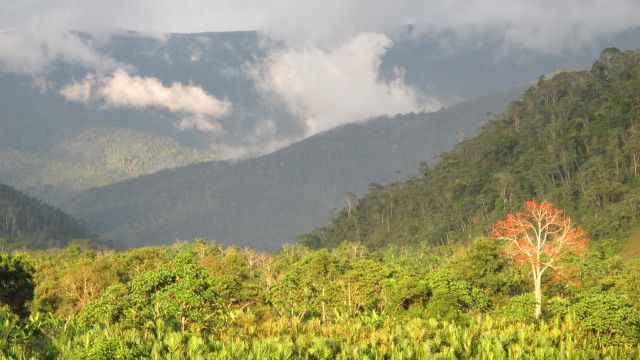
All images ⓒ Alexander Zaitchik
A Note on the Safety of Psychedelics
As we repeatedly stress on HighExistence, psychedelics must be approached with reverence and caution. We believe that in the proper context, certain psychedelics are powerful medicines with tremendous potential, but there are a number of physical and psychological safety concerns that one should consider before journeying with psychedelics. Please, please do plenty of research, and do not take psychedelics if you have reason to believe that they will not jibe with your personality or particular mental baggage (or if your family has a history of mental illness). We do not recommend taking psychedelics illegally or impulsively. The Essential Psychedelic Guide on Erowid is an exceptional free resource, and we recommend reading it, especially the section on ‘Psychedelic Safety,’ before ever dabbling in these substances. We also recommend reading our guide to psychedelic myths before deciding to try psychedelics. It’s also imperative that you buy a test kit if you aren’t absolutely certain that the substances you’ve procured are what you believe them to be. Take care, be smart, and be well.


